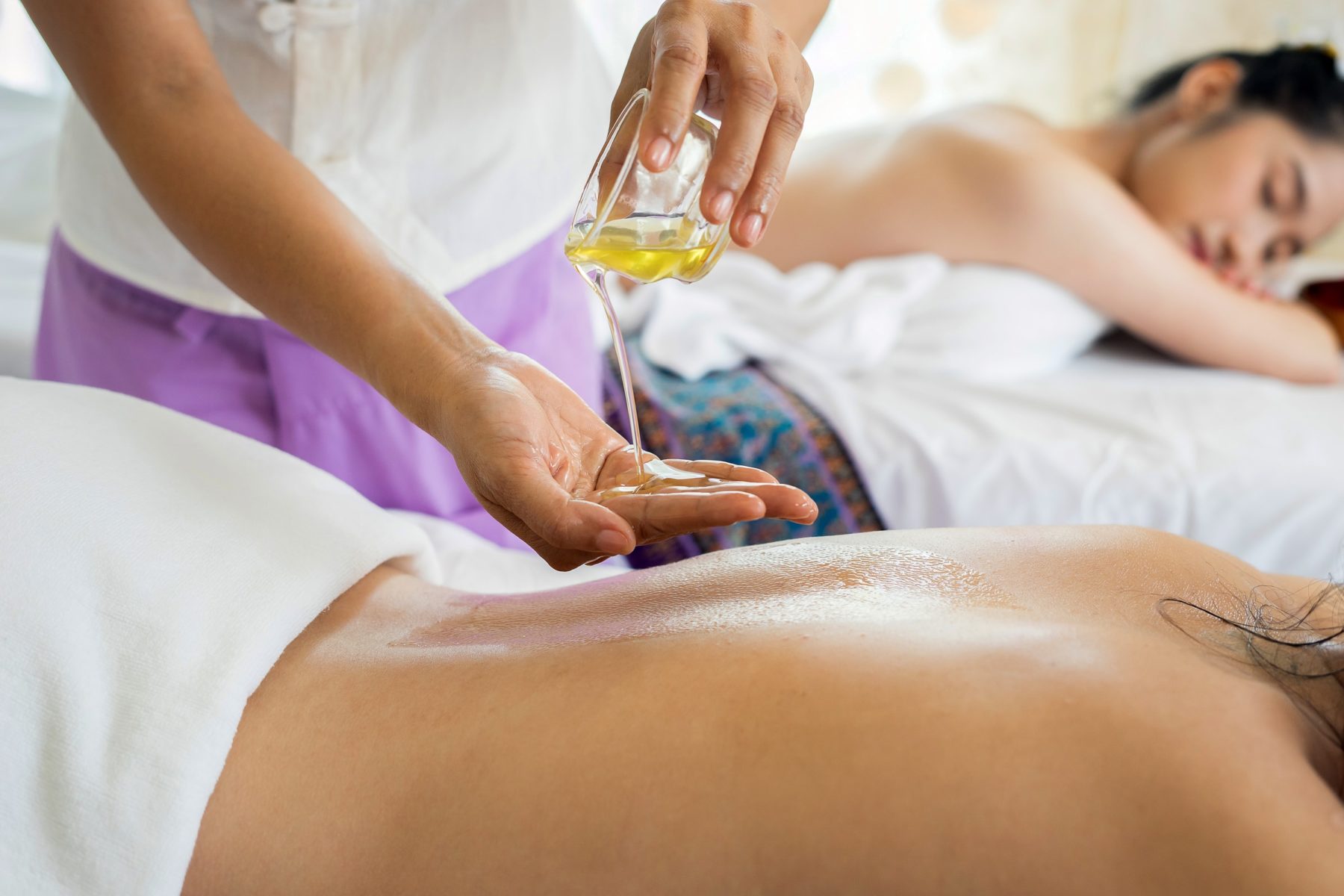5 Massage Myths Debunked

Manual therapies are considered some of the oldest wellness practices — the use of one’s hands as the medical or wellness tool dates back to as early as 400 B.C. in Europe. By definition, a manual therapy treatment is one that utilizes systematic manipulation of the soft tissues of the body. Massage therapy is just one form of this practice, specifically using a technique of fixed or variable pressure on muscles and body tissues using the hands and fingers.
In a more direct definition, massage therapy is the manipulation of skin, muscles, tendons and ligaments by a licensed therapist to promote wellness, range of motion and many other health benefits. However, there are many myths surrounding the science of applied massage therapy, so it is important to educate yourself and get to know this therapy better and how it can improve your body and your life.
1. Massage Therapy Only Affects the Muscles
Massage therapy generally involves the muscles, so it’s easy for someone to arrive at this conclusion. However, science has proven that the treatment can do much more for the body than just simple muscle manipulation.
Here are the different ways in which massage therapy can affect certain parts of the body:
- Stimulates lymph nodes
- Improves posture
- Reduces emotional or physical stress
- Promotes feelings of well-being
- Reduces muscle tension and stiffness
- Relieves muscle spasms
- Increases joint and muscle flexibility
- Promotes deeper and easier breathing
- Enhances blood circulation and lymph movement
- Relieves tension-related headaches and eyestrain
- Allows soft tissue injuries to heal faster
- Reduces the chances of scar tissue from forming
- Promotes healthy skin
2. A Massage is a Massage No Matter Where You Go
The idea that all massages and massage therapists are the same is a common misconception among people, or at least those who have never tried a massage before.
The truth: The type of treatment you receive depends on you, your condition, the practitioner and the facility. Different types of massages are designed to address specific muscle conditions and ailments. Here are some examples of the different massages and their benefits:
Swedish massage – This is a gentle form of massage that uses long strokes, kneading, deep circular movements, vibration and tapping to help relax and energize you. Swedish is for those who wish to relax and relieve stress, and it may also improve circulation and lower blood pressure.
Deep tissue massage – This type of massage uses slower, deeper strokes to target the underlying layers of muscle and connective tissue. It also commonly helps with muscle damage from injuries and improves range of motion.
Sports massage – This type of massage has been specifically developed for athletes or people who regularly do sports. It helps prevent or treat injuries and can be used to prepare and invigorate the body before an activity.
Orthopedic massage – This massage is designed for rehabilitation and helps people recover from injuries sustained in an accident.
Trigger point massage or ART (active release technique) – This type of massage focuses on tight muscle fibers that develop from an injury or overuse of the muscles. It can release scar tissue to help the muscle, tendon or ligament regain function and relieve pain.

3. The Effects Don’t Last Long
Skeptics would say that the benefits of massage therapy are minimal or don’t last long, especially for pain relief. The fact is that an expert massage therapist can “train” the muscles to be stronger and more flexible.
This reduces the amount of pain and stress it receives in the future. The effects last and can be further prolonged with regular massage sessions. This is the reason why some professional athletes are able to push their muscles way beyond normal levels.
4. Massage is Only for Pampering Yourself.
Only if you consider taking care of the only body you have as a luxury, then no! Massage therapy has many benefits and is well worth the added self-care.
- Massage can reduce symptoms of stress, anxiety and depression and can even help relieve symptoms of insomnia.
- Massage can help the body heal from injury, improve or even speed up rehabilitation.
- Massage is a great way to maintain wellness and fitness even when you are not in pain.
- Some massage techniques can relieve headaches.
- Studies have also proven that massage can help lower blood pressure through long-term and consistent use.
5. Massage is Too Expensive.
Most sessions are 60 to 90 minutes long and can range in price quite tremendously. Therapeutic body work will be more expensive but is designed to relieve pain, scar tissue, tension, align posture and improve quality of life.
If you think massage can help you feel better, try making a massage budget for the month or ask your therapist about discounts for massage packs or memberships to save money. Some establishments have monthly massages included in their fitness or recovery memberships that you can take advantage of that decrease the cost of the massage quite drastically.
Massage therapy should be done by a licensed massage therapist at a licensed facility. Before you book your appointment, make sure you’re doing so with a reputable establishment.
About the Author

Jessica Tranchina, PT, DPT, is a co-founder of Generator Athlete Lab and has been an athlete her whole life. As the creator of the Generator Method, Tranchina works to help guide others to better performance and recovery and is passionate about bringing the active community of Austin together from all fitness levels and athletic backgrounds. She is the owner of PRIMO Performance and Rehabilitation, started in Austin in 2010, where her expertise and unique skill set have been established as one of the best in her field. NASM-CPT, ART certified provider, CKTP.






